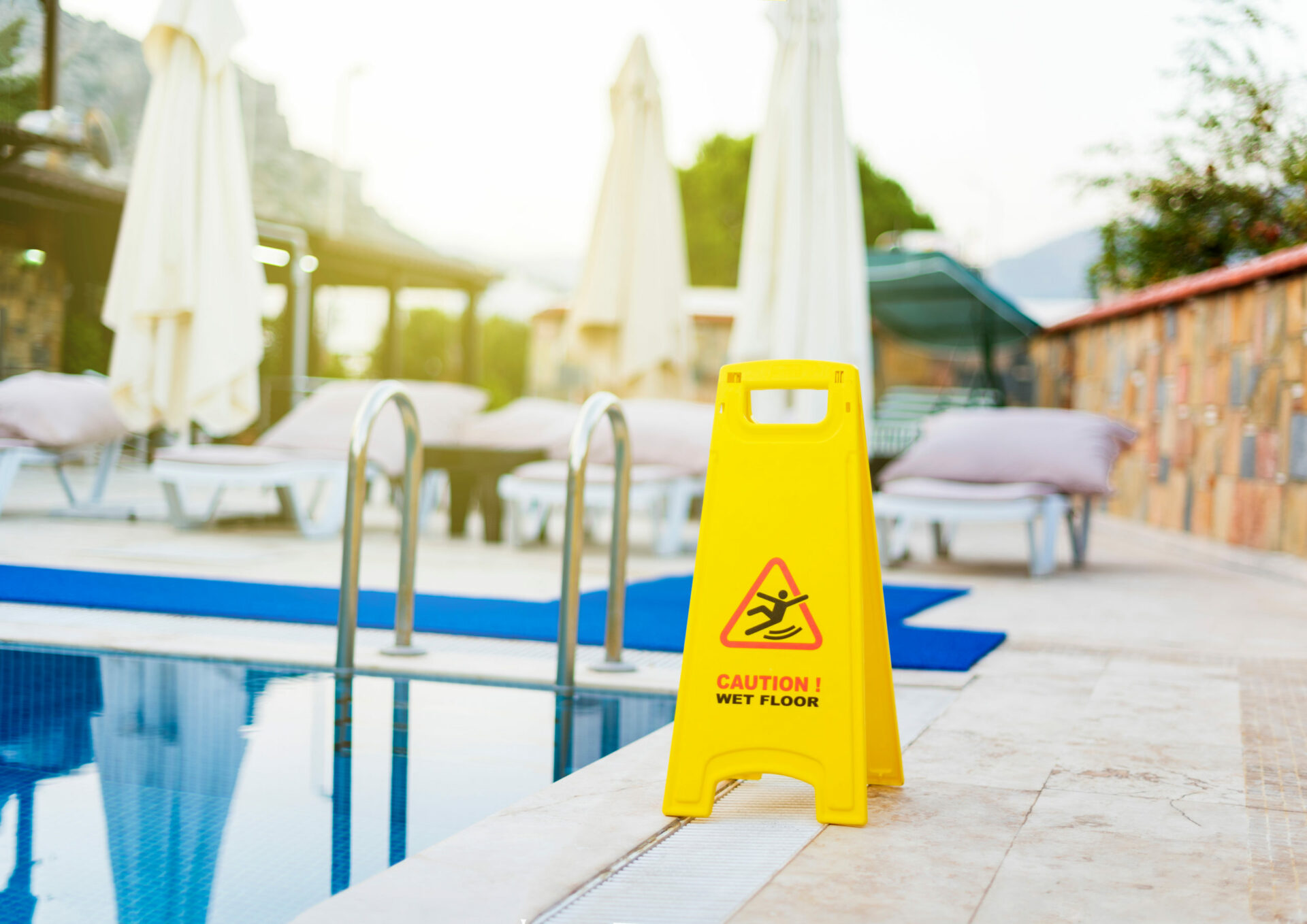
When I was a child, back in the 1970s, my Mother always patted me down with Johnson and Johnson talcum powder after a bath, as did most parents of that generation. Even now, I can still remember how comforting it was; both the sweet smell and how soft it made your skin feel.
It was therefore shocking to hear that in February 2016, the pharmaceutical giant has been ordered to pay a staggering $72 million (£51 million) to the family of a woman who claimed her ovarian cancer was caused by a product so strongly connected with many peoples’ childhoods.
Carcinogens and cancer – do you know the risks? Most of us are aware of the link between Asbestos, Mesothelioma and lung cancer, but did you know that there is increasing evidence that the following are also linked to cancer:
- certain industrial chemicals and bladder cancer
- shift work that involves regular disruption of your natural 24-hour body cycle and sedentary work have recently been identified as possible contributing
- factors to the development of work-related cancer
- specific non-ionising radiation could be linked to cancer risks
- last year the World Health Organisation classified processed meats, such as ham and sausages as cacogenics
- leather and wood dust has been found to be carcinogenic
- alcohol is a known carcinogenic
The Definition of a Carcinogenic
Cancer is caused by changes in the DNA of a cell – its genetic “blueprint.” Some of these changes may be hereditary. Others may be caused by outside exposures, or environmental factors. Environmental factors can include a wide range of exposures, such as:
- Lifestyle factors (food, smoking, sedentary lifestyle.)
- Naturally occurring exposures (e.g. sunlight.)
- Medical treatments (radiation and medicines including chemotherapy, hormone drugs, drugs that suppress the immune system, etc.)
- Use of certain substances and chemicals in the workplace
- Certain household products and sprays
- Pollution (e.g. from cars or home fires)
Substances and exposures that can lead to cancer are called carcinogens. Some carcinogens do not affect DNA directly, but lead to cancer in other ways. For example, they may cause cells to divide at a faster rate than normal, which could increase the chances of DNA changes occurring.
Carcinogens do not cause cancer in every case, all the time. Substances labelled as carcinogens may have different levels of cancer-causing risks. Some may cause cancer only after prolonged, high levels of exposure. And for any particular person, the risk of developing cancer depends on many factors, including how they are exposed to a carcinogen, the length and intensity of the exposure, and the person’s genetic makeup.
The Johnson and Johnson Case
Talc is the world’s softest known mineral, and is used in a range of cosmetics, including eyeshadows and blushers. Before the 1970’s, talcum powders were often contaminated with asbestos fibres, which are known to cause cancer. Nowadays, with increasing research into the impact and use of asbestos in cosmetics, thankfully all talcum powder products must be asbestos-free.
In the Johnson and Johnson case, the claimant, Mrs Fox, died in 2015 from ovarian cancer. She claimed to have used two of Johnson and Johnson’s talc-based products – Baby Powder and Shower to Shower – as feminine hygiene products for more than 35 years.
A jury in St Louis, Missouri, said the company had failed to warn users of the potential dangers despite concerns raised by the American Cancer Society in 1999. These concerns involved a study of more than 1,000 women. It was found that participants who used talc powder on the genitals had a sixty percent overall increased relative risk of developing ovarian cancer.
Since this finding, many talcum powder manufacturers in the US have since switched to corn starch; however, in Britain most still use talcum.
The Evidence Linking Talcum Powder to Cancer
The verdict handed down in February 2016 is highly controversial because most cancer experts believe the link between talcum powder and ovarian cancer is unproven.
Questions remain as to whether airborne talc in its unpurified form could cause lung cancer in miners who extract the mineral from quarries, but no increased risk of lung cancer has been reported in cosmetic use – so you can carry on using your eyeshadow without worry.
The main area of controversy is whether the use of talcum powder as a feminine hygiene product increases the risk of cancer. Studies have concentrated on what happens if the powder particles (applied to the genital area or on sanitary napkins, diaphragms, or condoms) travel through the vagina, uterus, and fallopian tubes and reach the ovaries. One prevailing theory is that if the powder does reach an ovary in this way, it can cause inflammation of the tissue, which can encourage cancer growth. But no major study has examined how talc might cause cancer, only if there is an elevated risk associated with its use.
In a study published in 1982 by Daniel W. Cramer, M.D., the method used to assess talc’s safety relied on patients diagnosed with ovarian cancer recalling their own use of the product—a far less reliable way to collect data when compared with studies based on controlled scientific observation. That study found that women who used talc as a feminine hygiene product were three times more likely to develop ovarian cancer as women who did not.
Interestingly, later research has not established a direct link between talc use and endometrial or ovarian cancer. This would appear to indicate that the original association may have been the result of inaccurate data collection.
It must also be pointed out that the Johnson & Johnson suit was not about proving the safety or danger of talc, but rather whether the company had failed in its duty by withholding relevant information from consumers about the potential risks of using the product.
Could a Similar Case be Brought in the UK?
Due to the differing nature of the legal system in the UK, claimants would have a much harder time successfully claiming compensation in a similar case to the one decided last week in St Louis.
Unlike in the US, if the case was heard In the UK a judge would ultimately decide on the outcome rather than a jury. The burden of proof would be on the claimant’s counsel to successfully argue that:
- the company owed the claimant a duty of care
- the company breached that duty; and
- the breach caused damage to the claimant
- There is a causal nexus between the use of the product and the injury and losses; and that it was reasonably foreseeable that such injury could occur.
Given the complex nature of the issues likely to be involved, expert evidence would most certainly be needed to establish the causal link between the use of the talcum powder and cancer. However, due to the current lack of concrete evidence, certainly from a medical research perspective, linking talcum powder to ovarian cancer, it would be very difficult to persuade an English judge that damages should be awarded. A problem claimant frequently face is that if their cancer could have been caused by many different factors, proving a specific link to one thing can be somewhat challenging and would require concrete expert evidence
Following the American decision, Carol Goodrich, a spokesman for Johnson & Johnson, issued a statement expressing disappointment in the outcome but insisting that the products are safe.
“We have no higher responsibility than the health and safety of consumers and we are disappointed with the outcome of the trial. We sympathise with the plaintiff’s family but firmly believe the safety of cosmetic talc is supported by decades of scientific evidence.”
What About Historic Exposure?
As mentioned above, prior to the 1970’s talcum powders were known to be contaminated with asbestos fibres. Since then, all home products containing talcum powder are legally obliged to be asbestos-free under EU law.
Last year, a Californian woman won a $US13 million (£9.3 million) lawsuit against Colgate-Palmolive after a jury determined she developed Mesothelioma from asbestos in the company’s Cashmere Bouquet talcum powder.
The 73-year-old claimant told the court she used the popular scented talcum powder from 1961 to 1976. It wasn’t until 1973 that US federal laws required commercial talcum products to be asbestos-free.
It may be the case that a claim for Mesothelioma caused by historic use of talcum powder would have a good chance of success in a British court, as the link between asbestos exposure and Mesothelioma is well established.
If you want to speak to us about exposure to carcinogenic substances please phone our London office on 020 3588 3500 to talk with one of our personal injury experts.
Do you have any thoughts on the Johnson & Johnson case? If so, please feel free to mention them in the comments section below.
Table of content
Recent Posts
Cryptoasset Tax Changes From January 2026
The world of cryptoassets is in a constant state [...]
UK Housing Market – 2025 Update
Buying your first home in the UK is not a [...]
Can You Put Digital Assets In A Trust? – How To Protect Your Digital Estate
In an era where our lives are increasingly played out [...]








